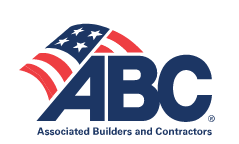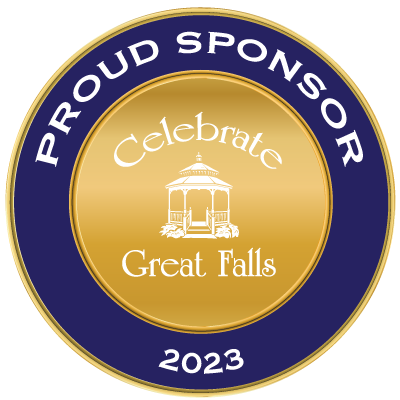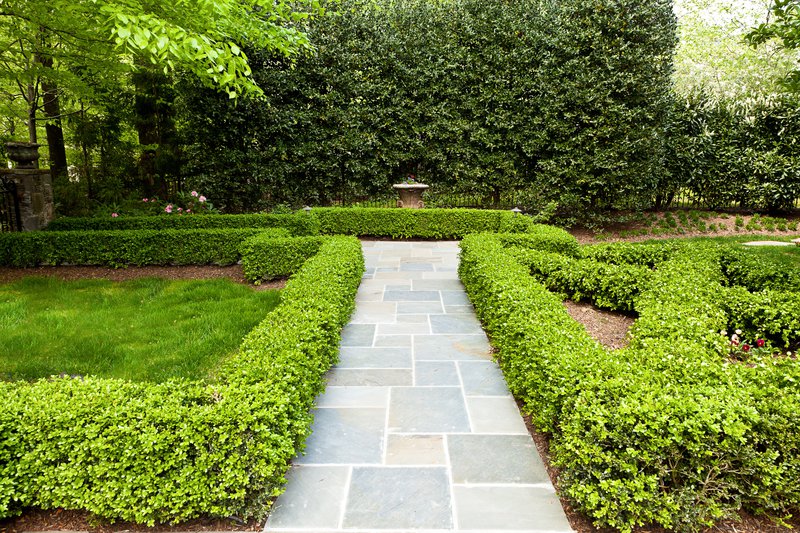
Create Walkway Wonders With Bluestone
Your walkway can make a beautiful statement.
When you’re looking at your landscape, trying to decide what kind of walkways can lead you from your front yard to your backyard or from one cozy nook to your outdoor kitchen or pool, trying to choose the right materials can be overwhelming.
Which material will look best with your home and your surrounding hardscapes? What one will function best for the people moving about your backyard? Which one will be the most long-lasting addition to your space?
As you explore your options, thermal bluestone walkways may come up. Bluestone is a desirable, versatile stone that can add an instant wow factor to your elegant exterior. Let’s learn more about this natural stone option.
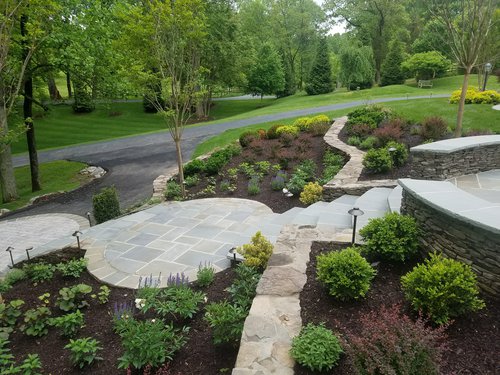
Understanding Bluestone
Bluestone is a material found in New York and Pennsylvania and the Shenandoah Valley. The natural beauty and variety make this stone one that rises to the top of homeowners’ want lists.
The variety in color and texture make it coordinate with many home materials — from brick to stucco to siding to stone. Bluestone ranges in color from earth tones (browns and greens) to blues and blue-grays to rusts and even to lilacs and lavenders. This makes bluestone a grand choice for your front entryway, as well as your backyard walkways.
Thermal bluestone walkways are also dense and strong, making them ideal for these heavily trafficked areas.
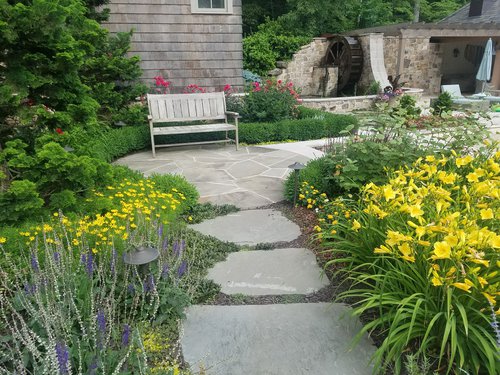
Types of Bluestone
Bluestone generally falls into three categories:
- Natural Cleft Bluestone. This is a natural-looking stone with multiple irregularities. The coarse surface of these bluestone pavers gives them non-slip properties that make them great for a walkway around a pool to provide traction even on a wet surface. This type of bluestone is typically the least expensive.
- Thermal Bluestone Walkway. If you long for a smoother finish to go with your modern or contemporary home, this type of bluestone is for you. The product is heat-treated to result in this smoother surface that doesn’t have a lot of raises or bumps. Use this type of blustone to give your walkway an extremely consistent pattern. The extra heat treatment makes this bluestone more expensive.
- Irregular Bluestone. Looking for the most natural-looking shapes and sizes? Then this option can create that organic, “looks like it has been there forever” look.
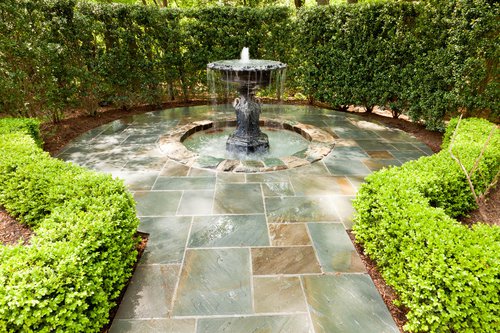
Pros and Cons of Bluestone
In addition to coming in colors and textures that blend well with home materials and the surrounding environment, thermal bluestone walkways come with a lot of perks.
- They can tolerate all kinds of weather and temperature fluctuations.
- They are extremely durable, becoming a lifetime investment for you to enjoy.
- They are prized for their beauty and add a high-end, extravagant look to your landscape.
- Bluestone comes from U.S. quarries and doesn’t need to be shipped in from overseas.
While bluestone doesn’t come with many cons, it can be more expensive than other walkway paver options. It also can be a bit more challenging to install. You may need to seal some bluestone types to protect the walkway from debris, salt or chemicals like chlorine.
Envisioning the perfect walkway for your home, but still having trouble figuring out which material will mesh best with your landscape? Contact Rossen Landscape. We can show you what various materials look and feel like so your decision becomes easy. Learn more about gardens we’ve designed here or contact us for a consultation about how we can give you the perfect landscape walkway for your needs.


